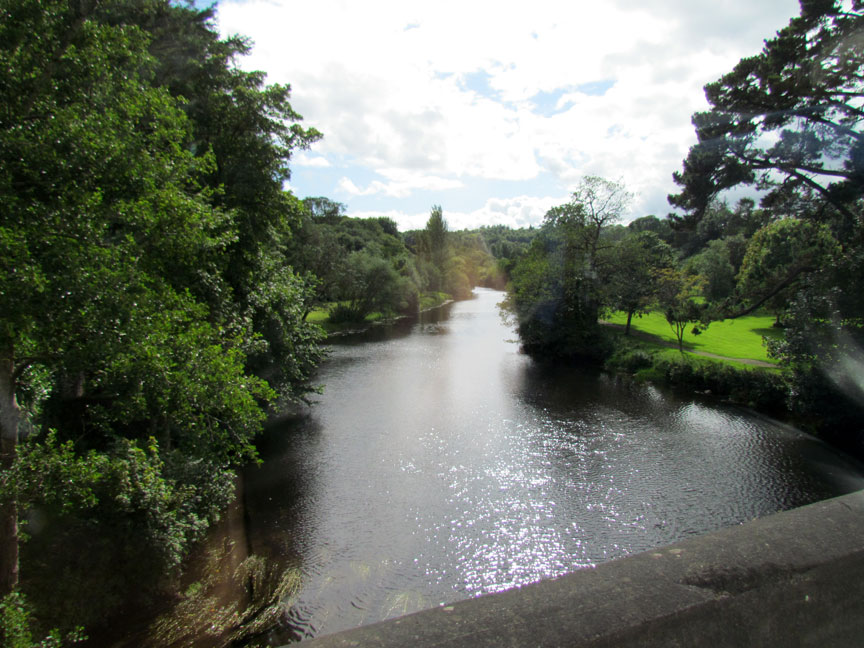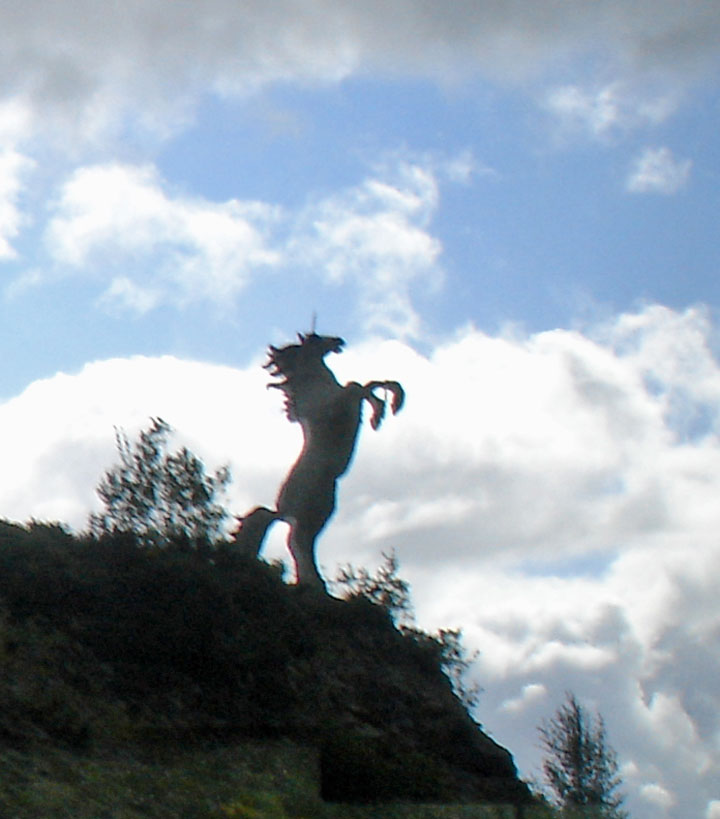

Blarney Castle
Photos taken in August 2011
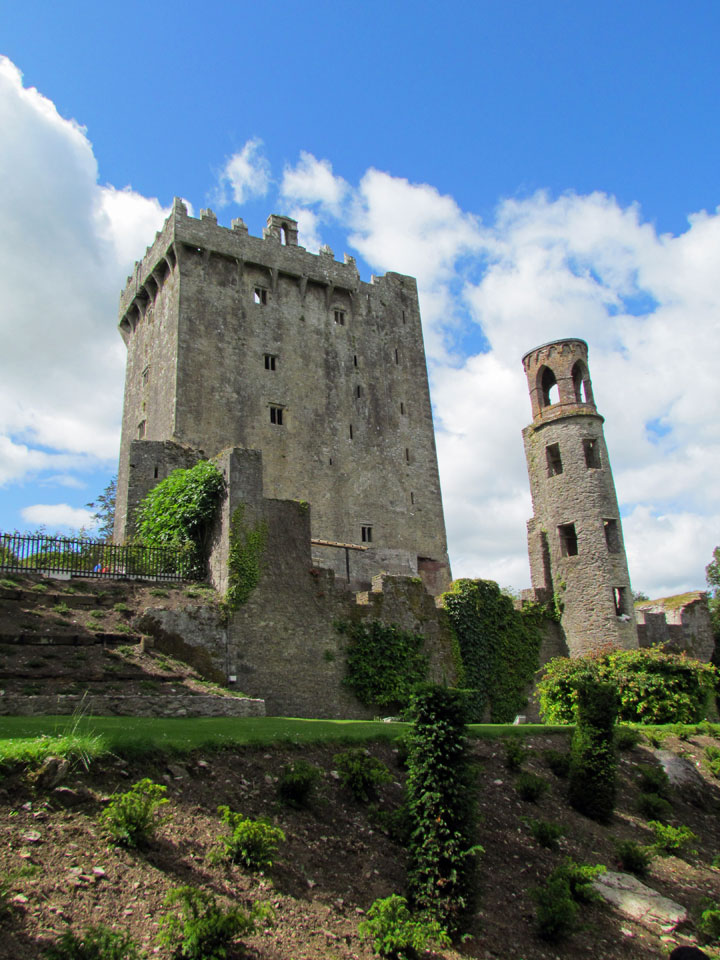
Blarney Castle
Blarney Castle (Irish: Caisleán na Blarnan) is a medieval stronghold in Blarney, near Cork, Ireland, and the River Martin. Though earlier fortifications were built on the same spot, the current keep was built by the MacCarthy of Muskerry dynasty, a cadet branch of the Kings of Desmond, and dates from 1446. The noted Blarney Stone is found among the machicolations of the castle.

The castle originally dates from before AD 1200, when a wooden structure was
believed to have been built on the site, although no evidence remains of this.
Around 1210 A.D. this was replaced by a stone fortification. It was destroyed in
1446, but subsequently rebuilt by Cormac Laidir MacCarthy, Lord of Muscry.
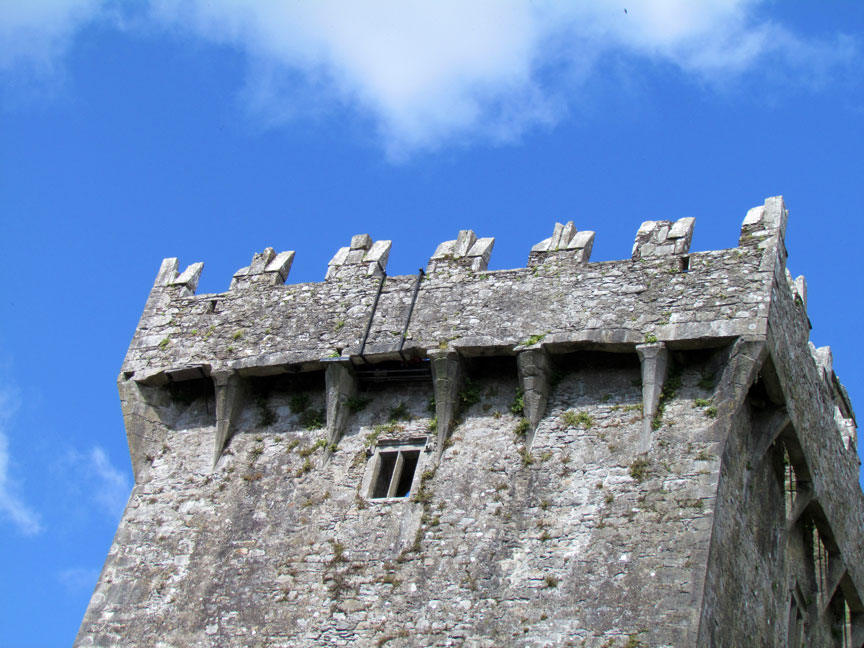
The castle was besieged during the Irish Confederate Wars and was seized in 1646 by Parliamentarian forces under Lord Broghill. However after the Restoration the castle was restored to Donough MacCarty, who was made 1st Earl of Clancarty.
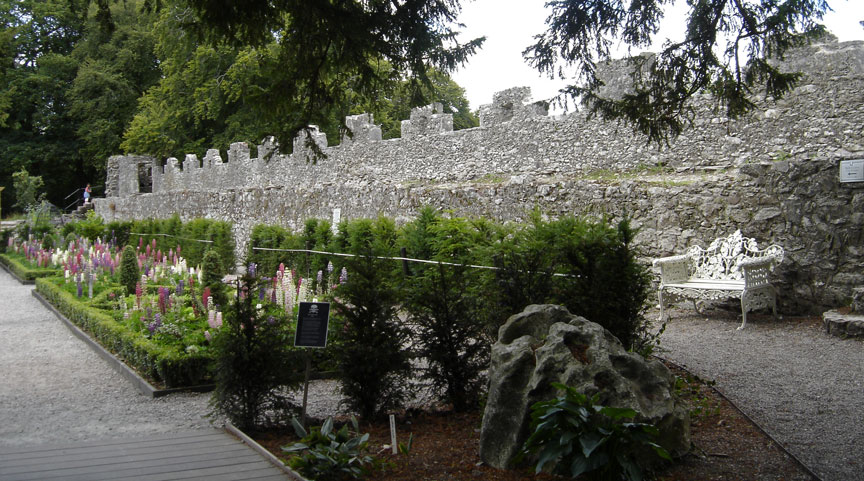
curtain wall
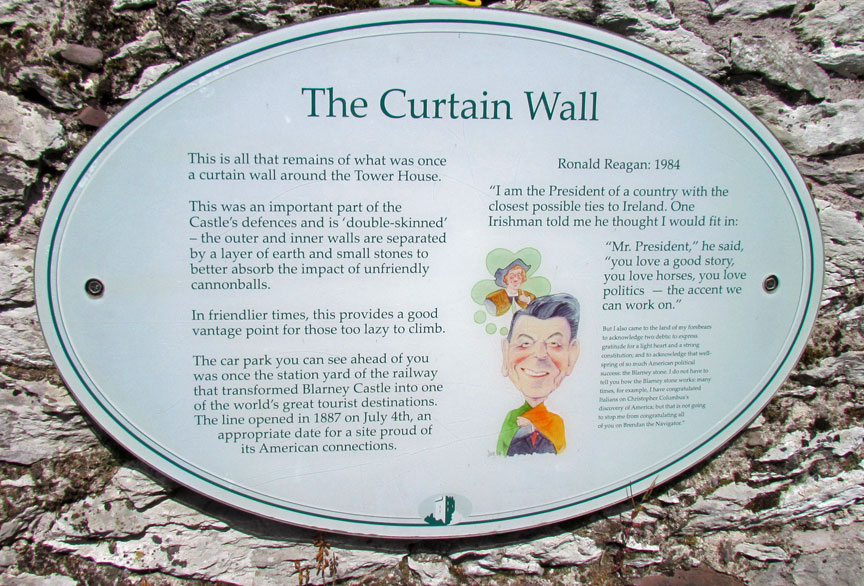
During the Williamite War in Ireland in the 1690s, the then 4th Earl of
Clancarty (also named Donough MacCarty) was captured and his lands (including
Blarney Castle) were confiscated by the Williamites.
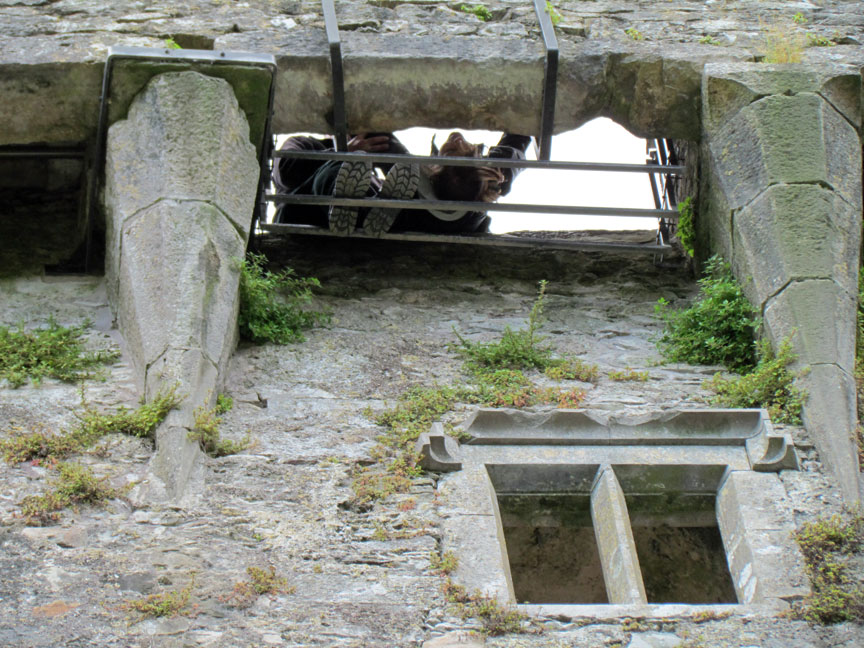
kissing the Blarney Stone

The castle was sold and changed hands a number of times before being purchased
in the early 1700s by Sir James St. John Jefferyes, then Governor of Cork City.
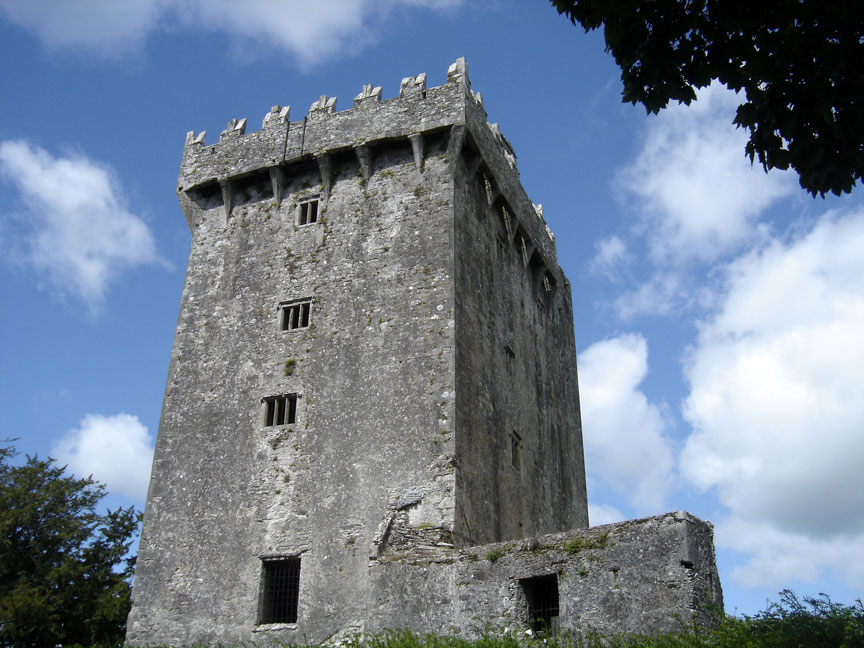
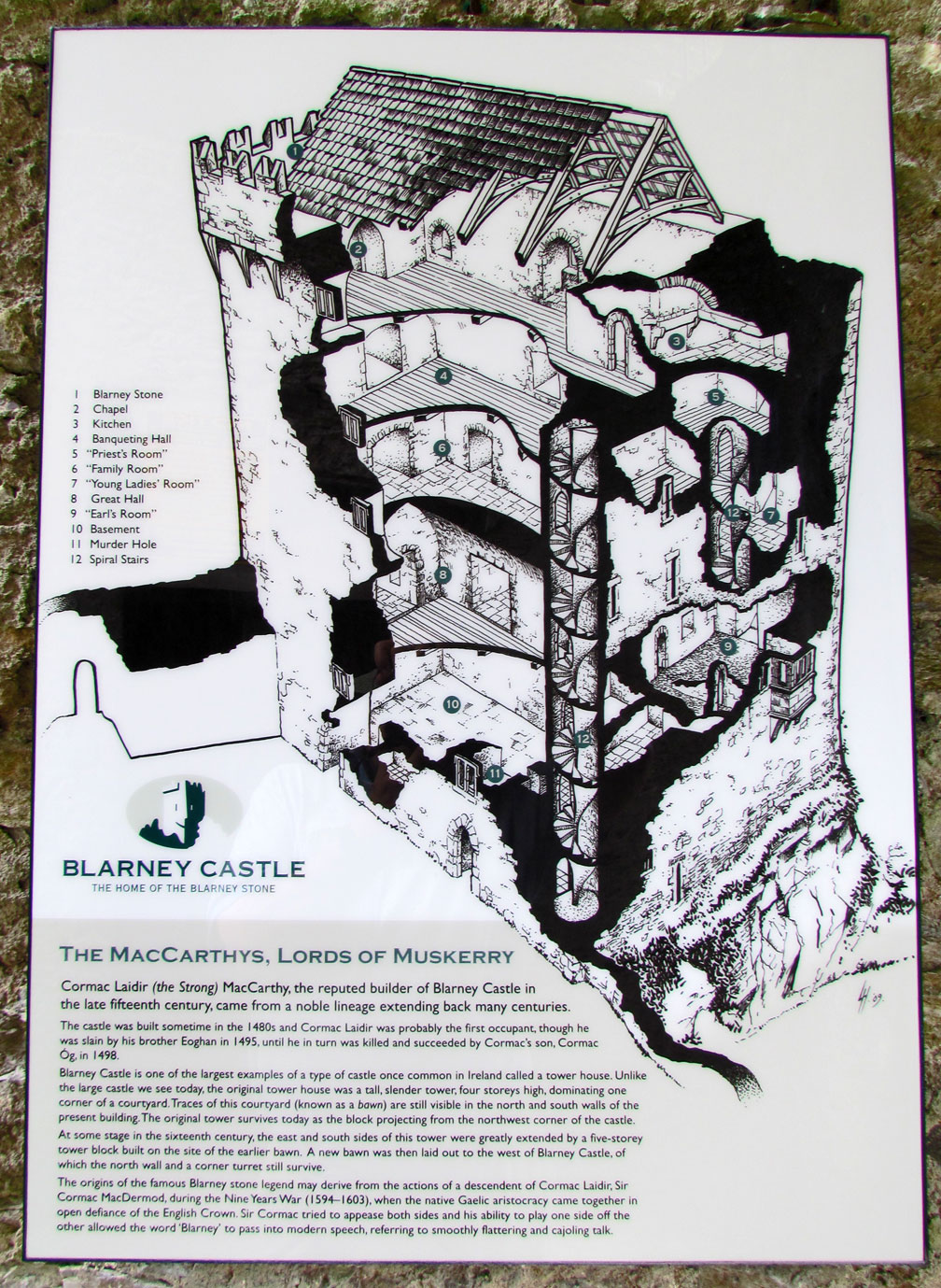
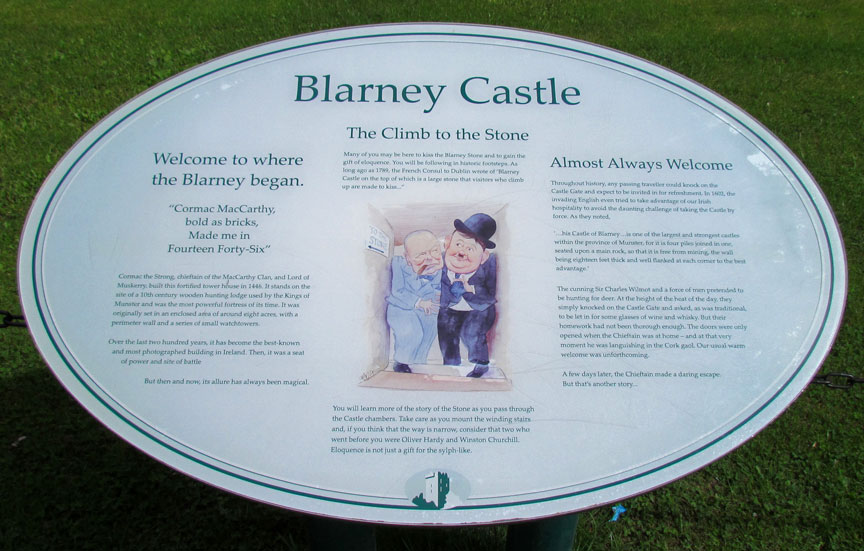
Members of the Jefferyes family would later build a mansion near the keep. This
house was destroyed by fire however, and in 1874 a replacement baronial mansion
- known as Blarney House - was built overlooking the nearby lake.

In the mid 19th Century the Jefferyes and Colthurst families were joined by
marriage, and the Colthurst family still occupy the demesne.
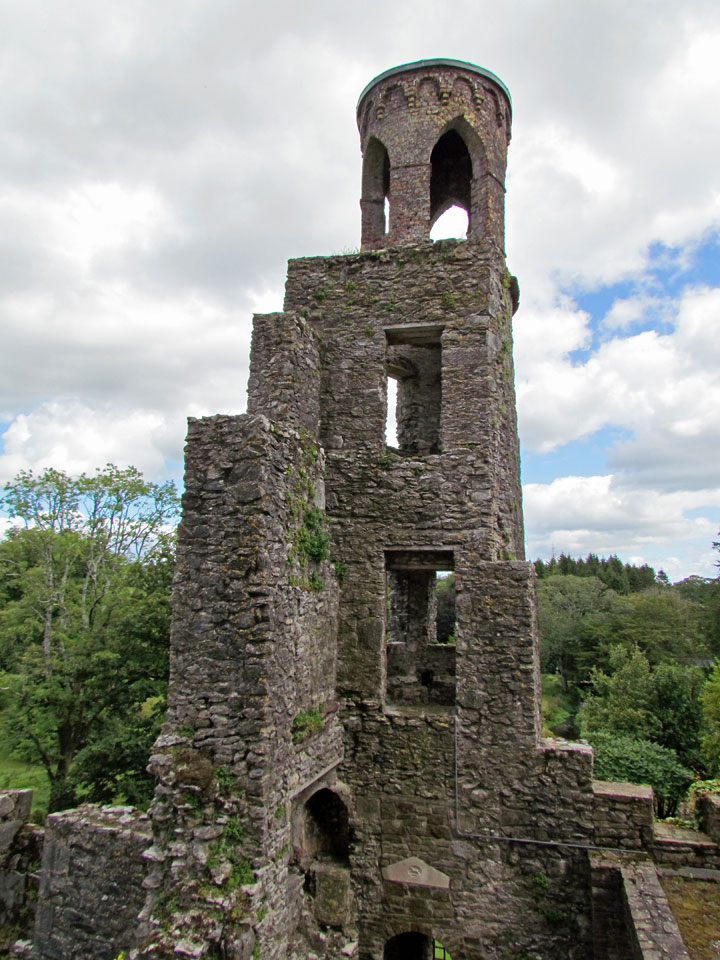
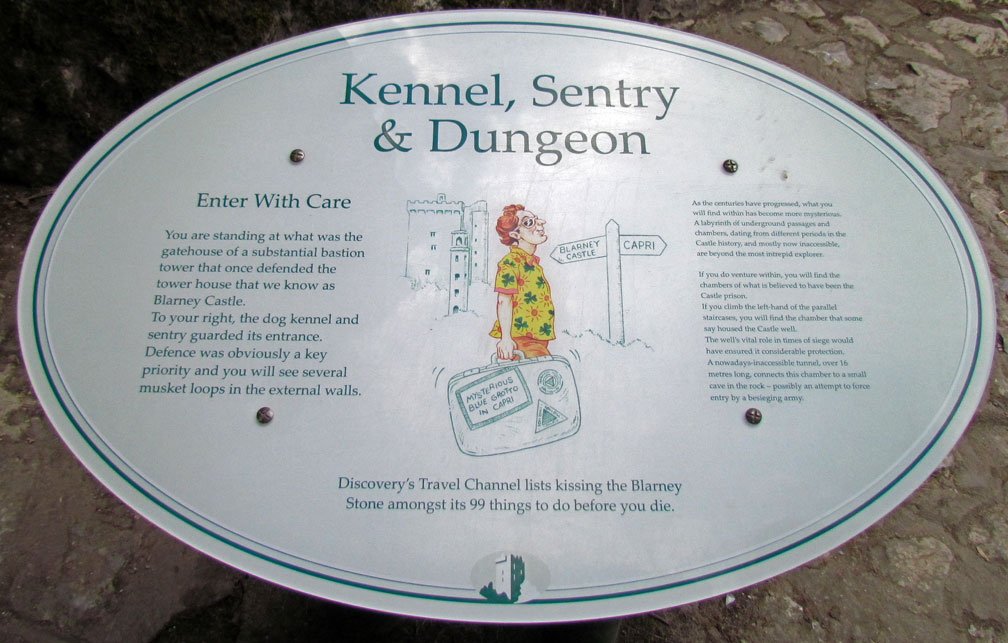
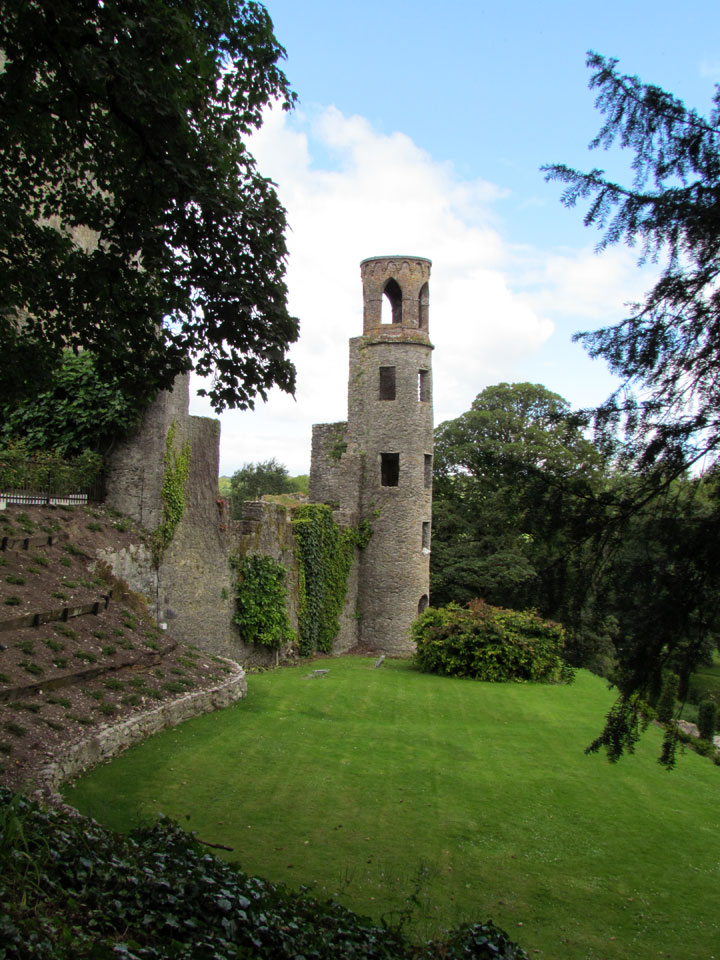
The castle is now a partial ruin with some accessible rooms and battlements. At
the top of the castle lies the Stone of Eloquence, better known as the Blarney
Stone. Tourists visiting Blarney Castle may hang upside-down over a sheer drop
to kiss the stone, which is said to give the gift of eloquence. There are many
legends as to the origin of the stone, but some say that it was the Lia Fáil—a
magical stone upon which Irish kings were crowned.
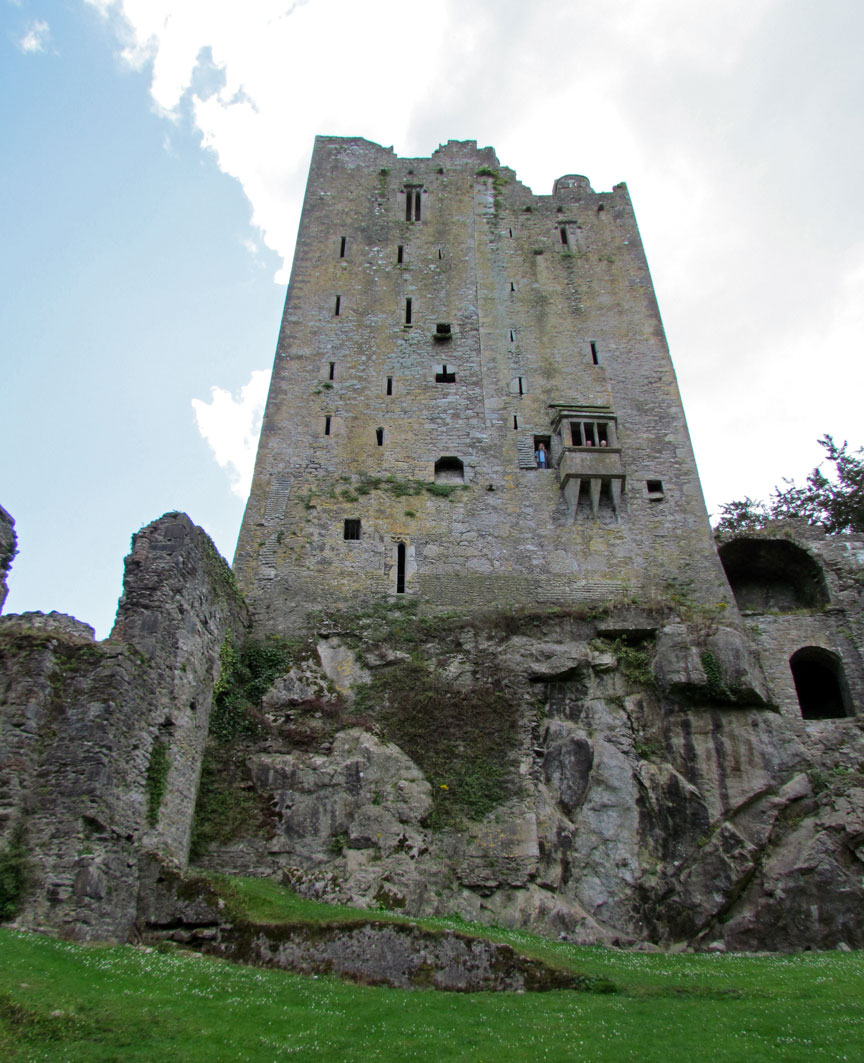
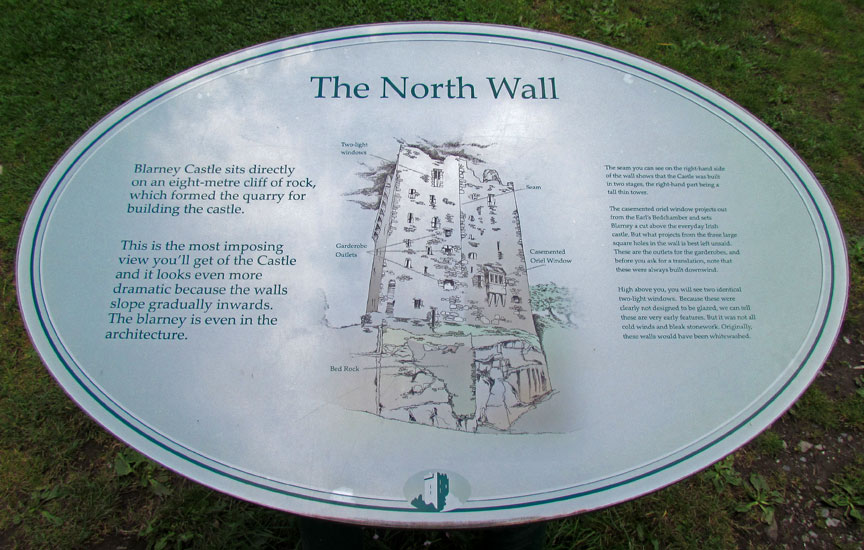
Surrounding the castle are extensive gardens. There are paths touring the
grounds with signs pointing out the various attractions such as several natural
rock formations which have been given fanciful names, such as Druid's Circle,
Witch's Cave and the Wishing Steps. Blarney House, also open to the public, is a
Scottish baronial-style mansion that was built on the grounds in 1874.
Text from Wikipedia
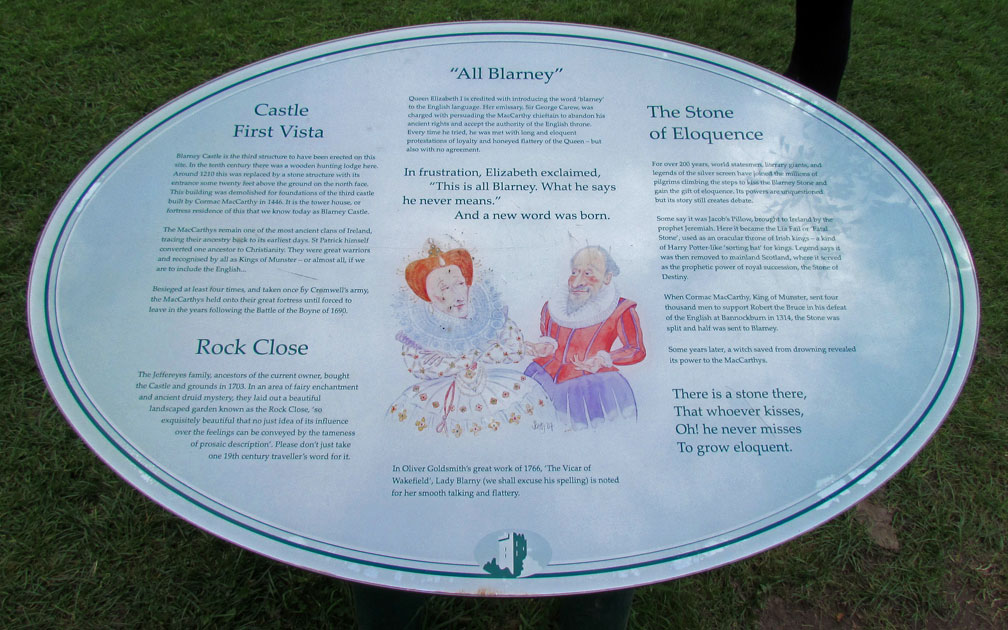
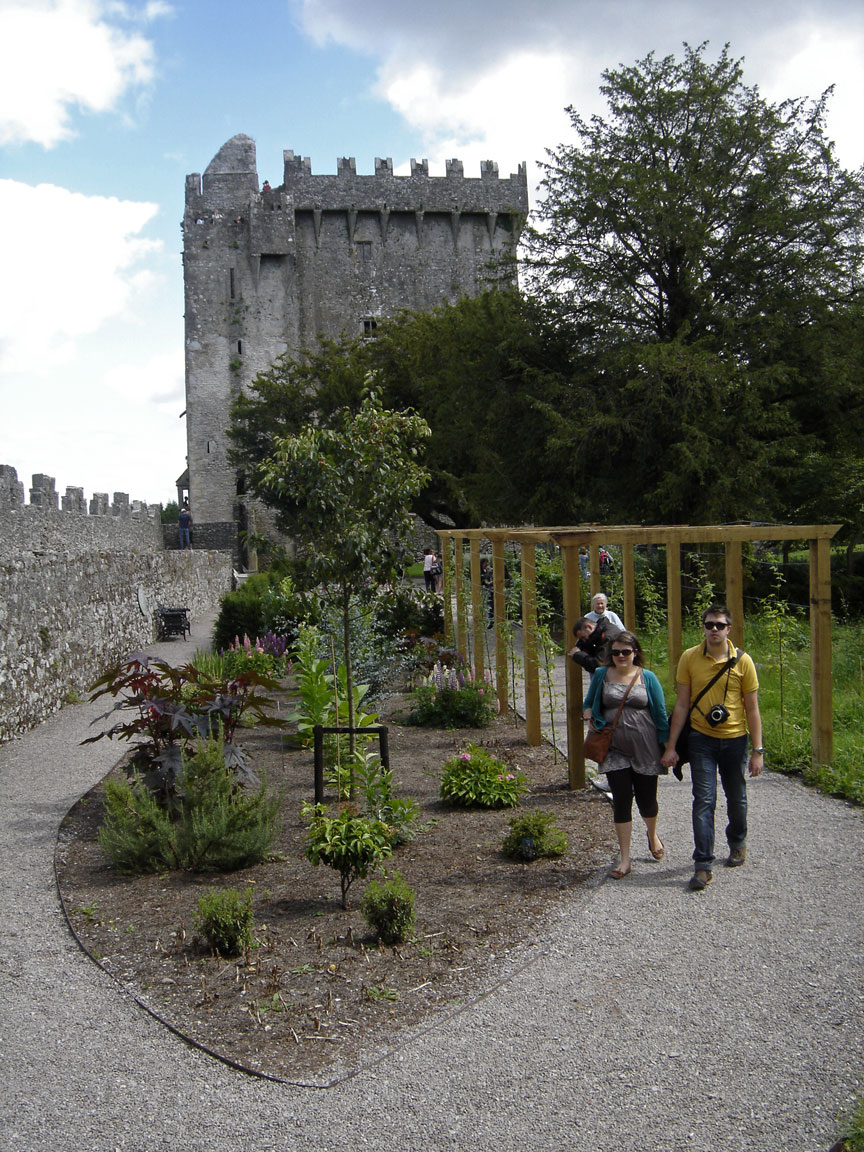
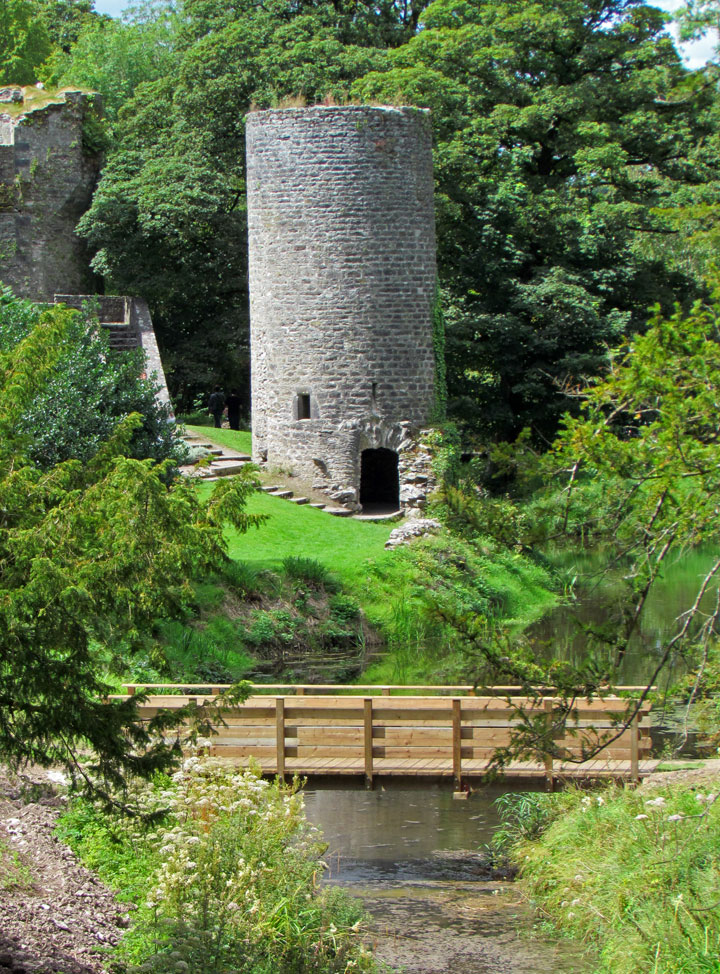
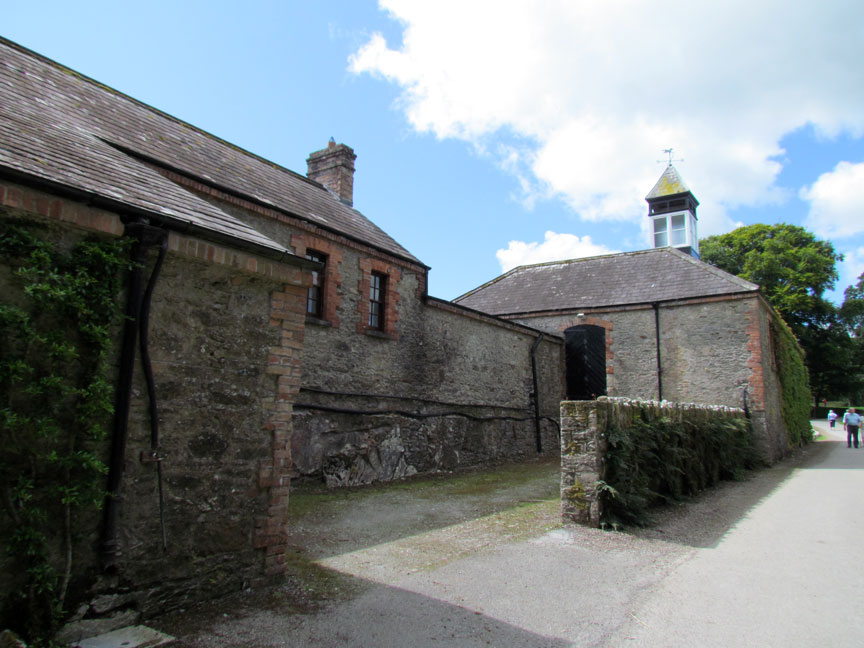
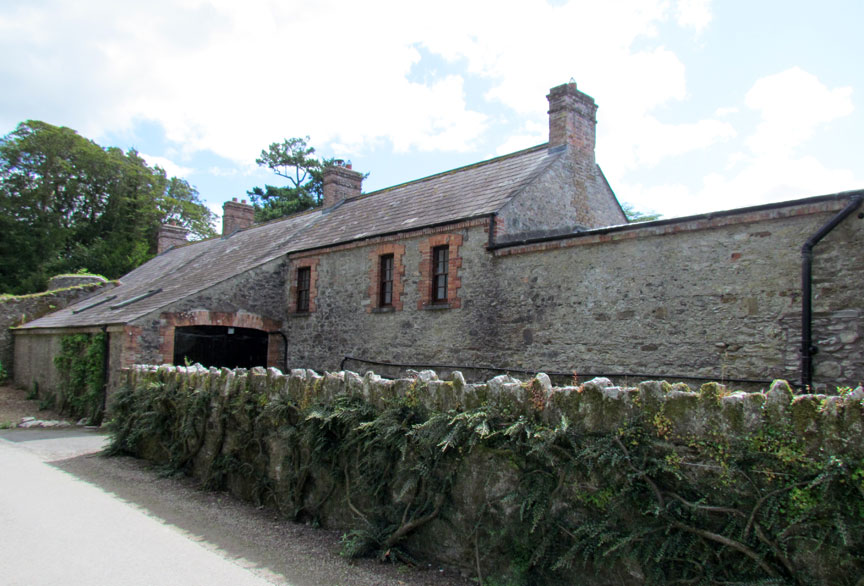

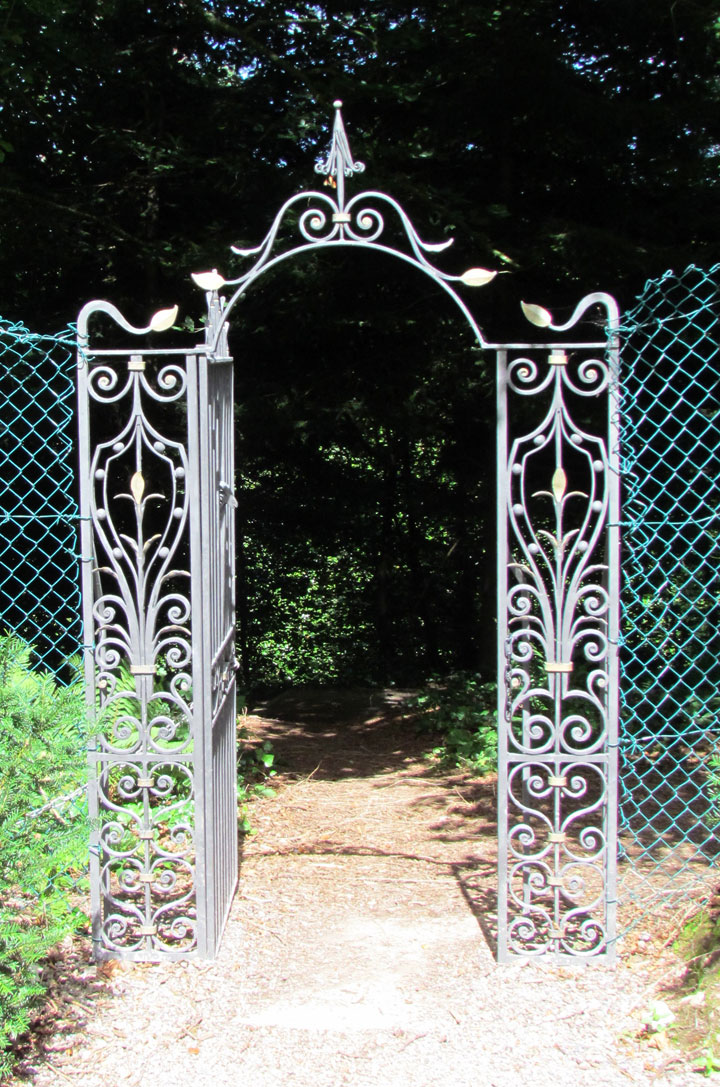
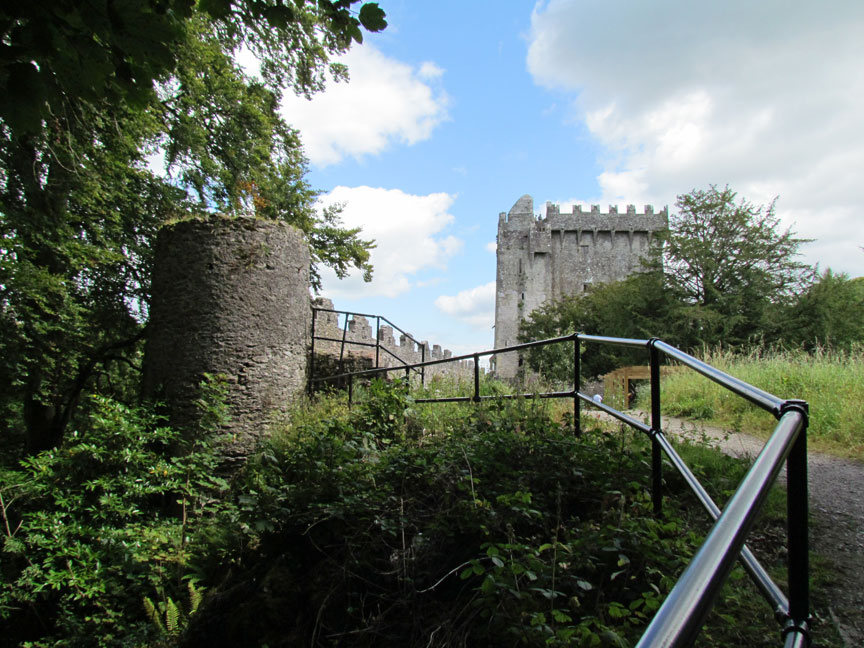

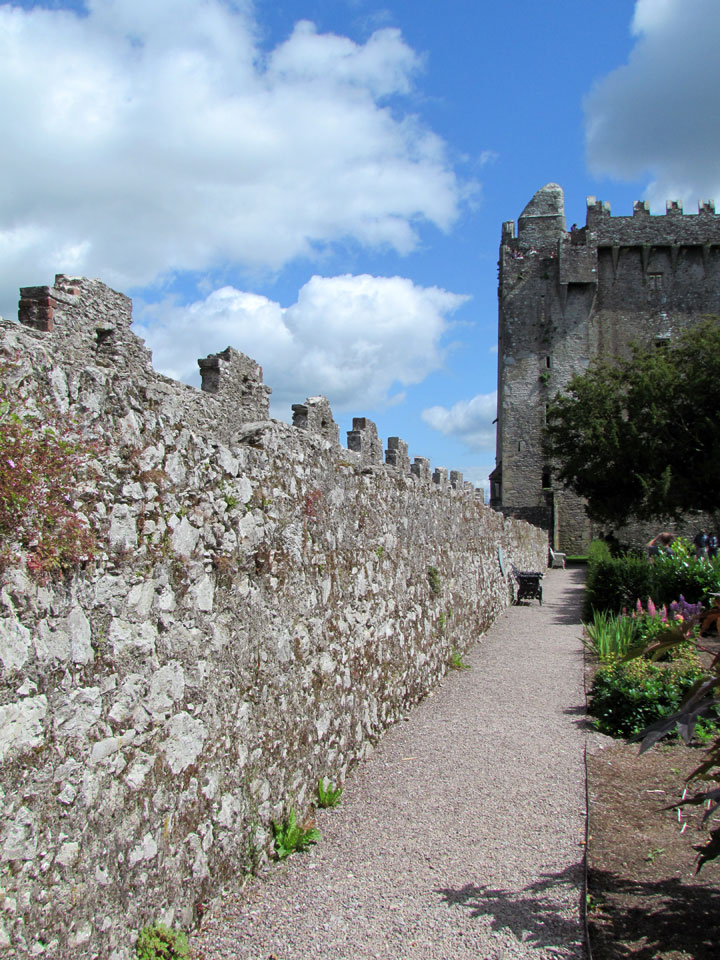
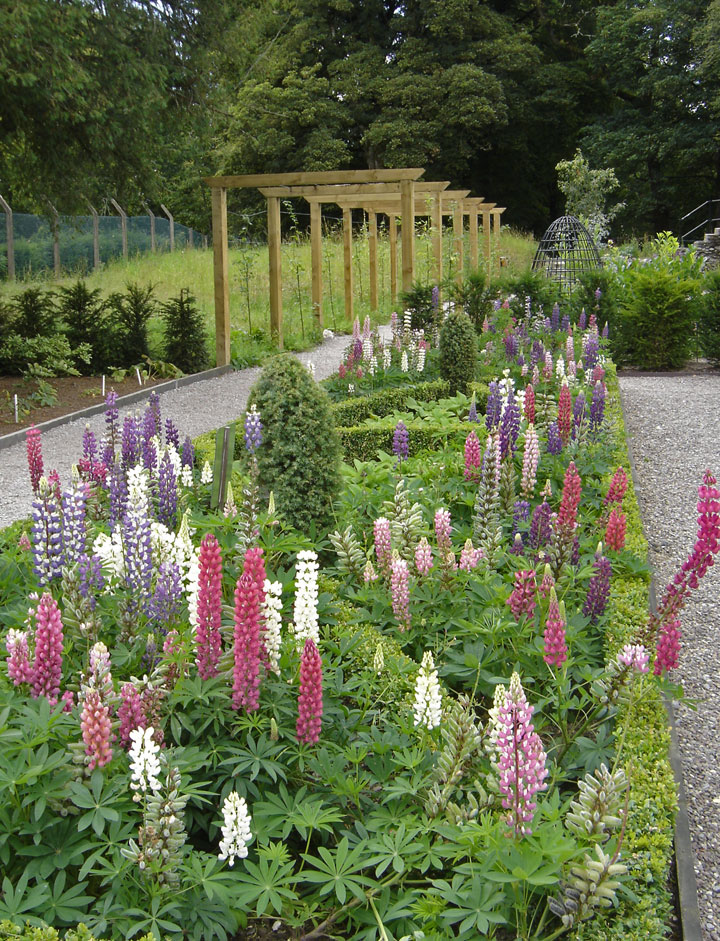
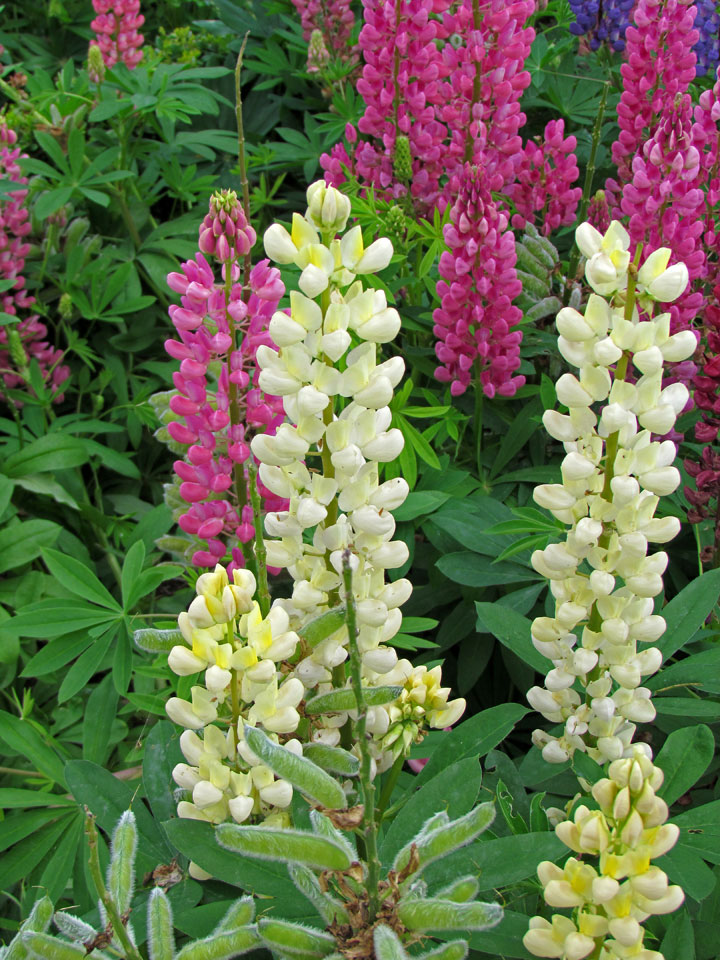
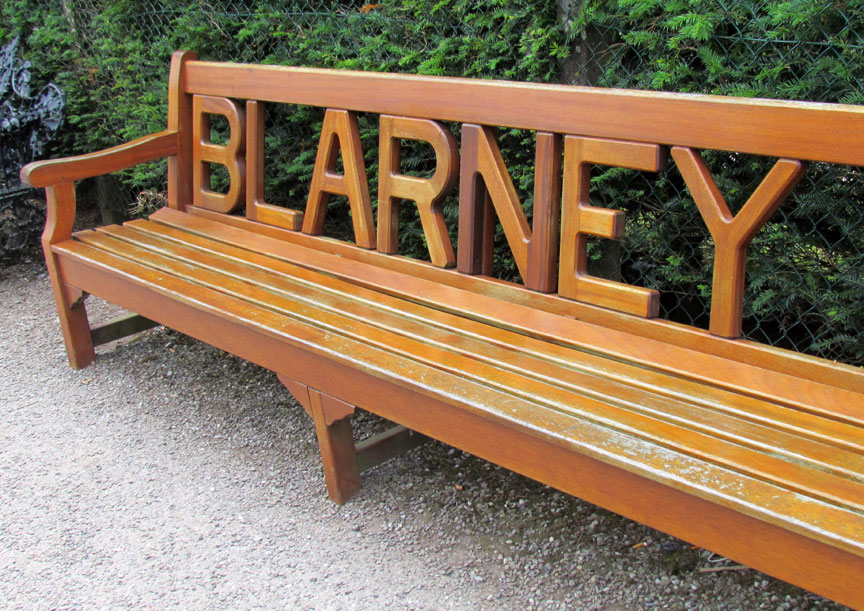
Kissing the Blarney Stone
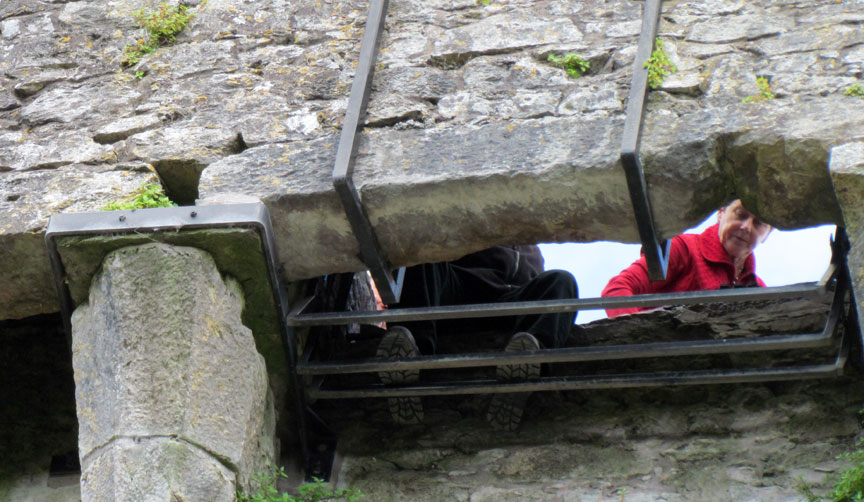
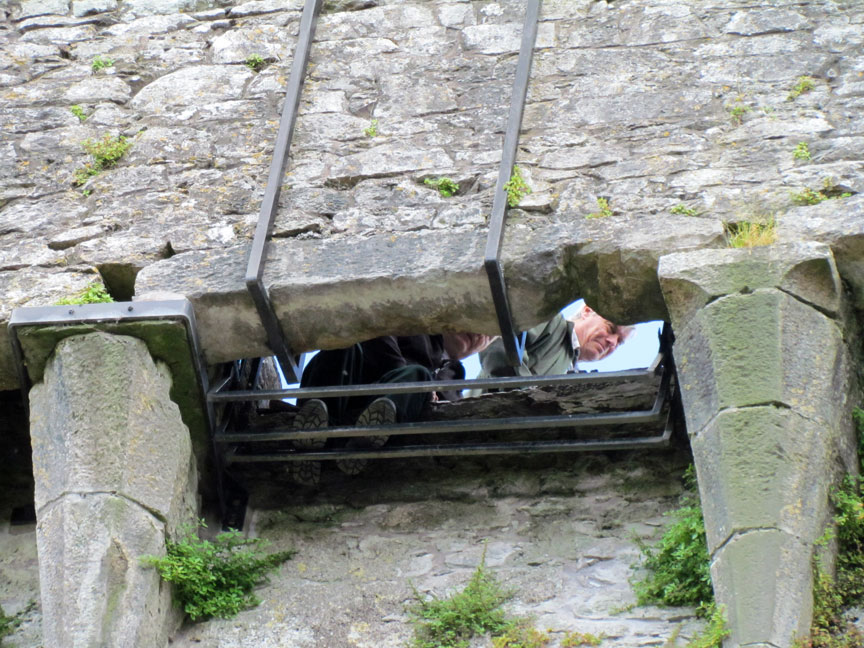

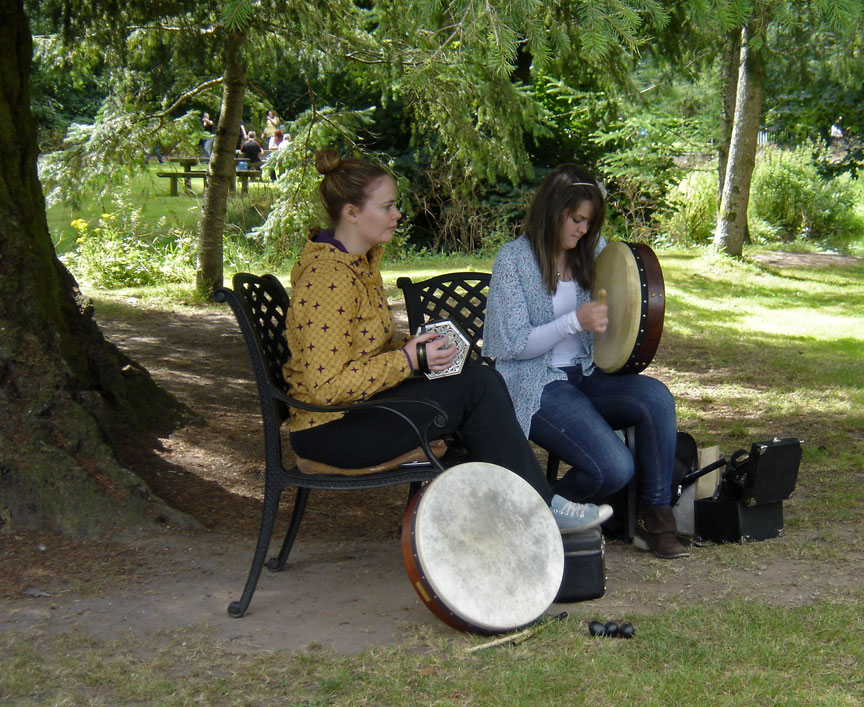

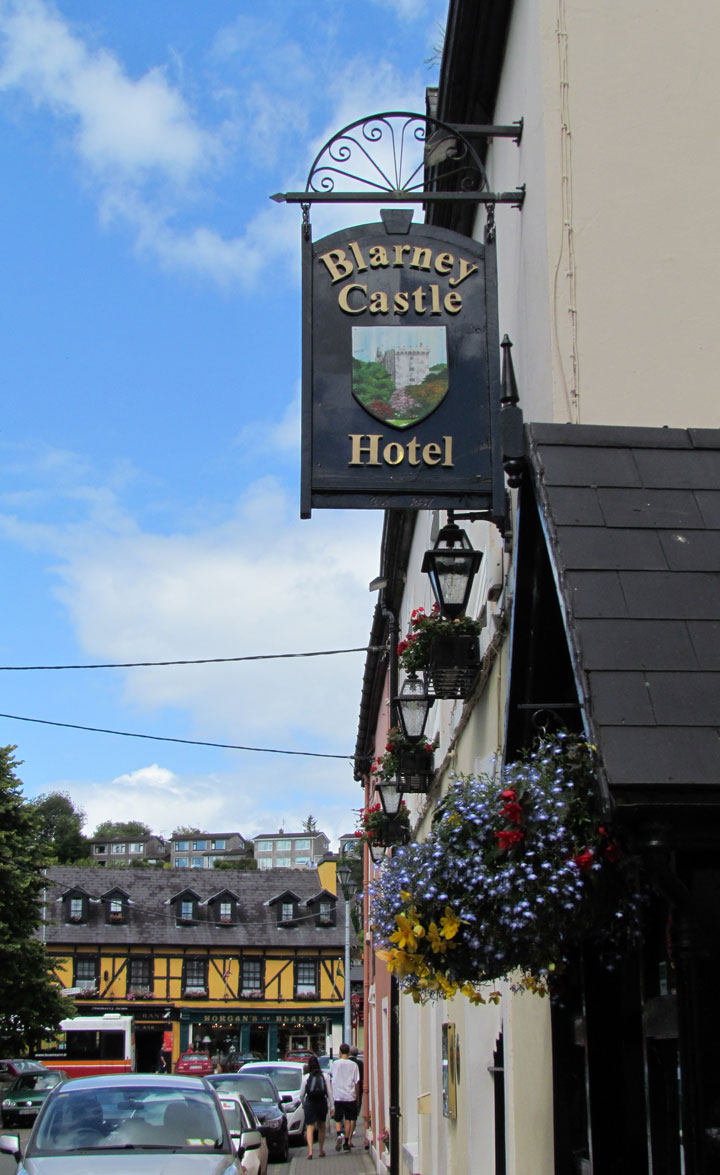
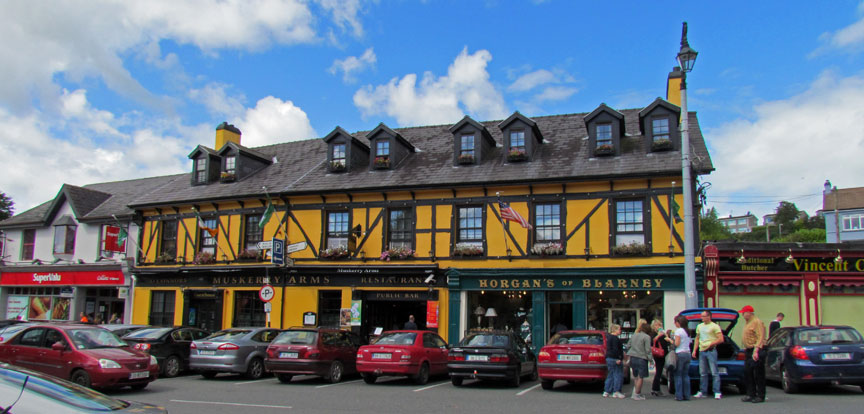

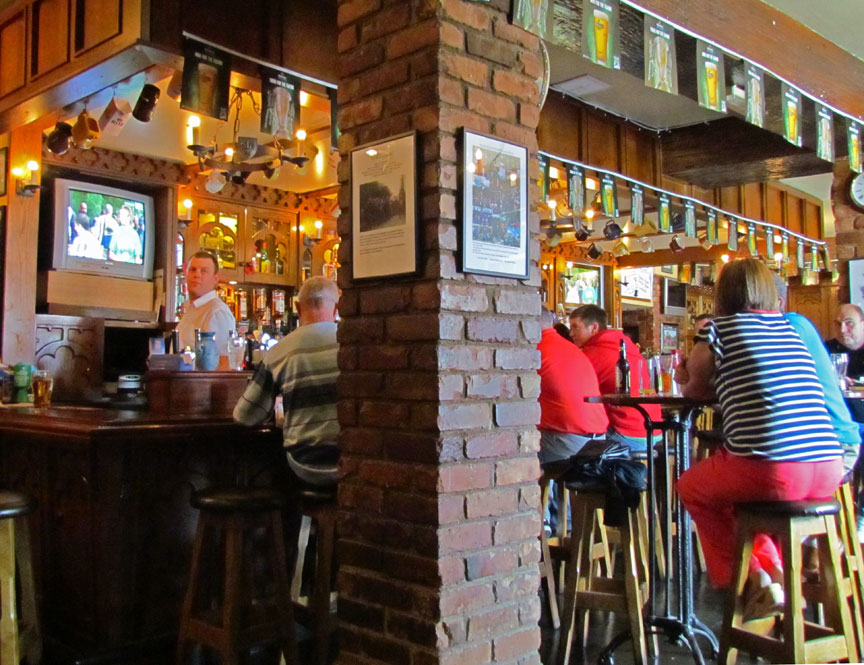
at the pub
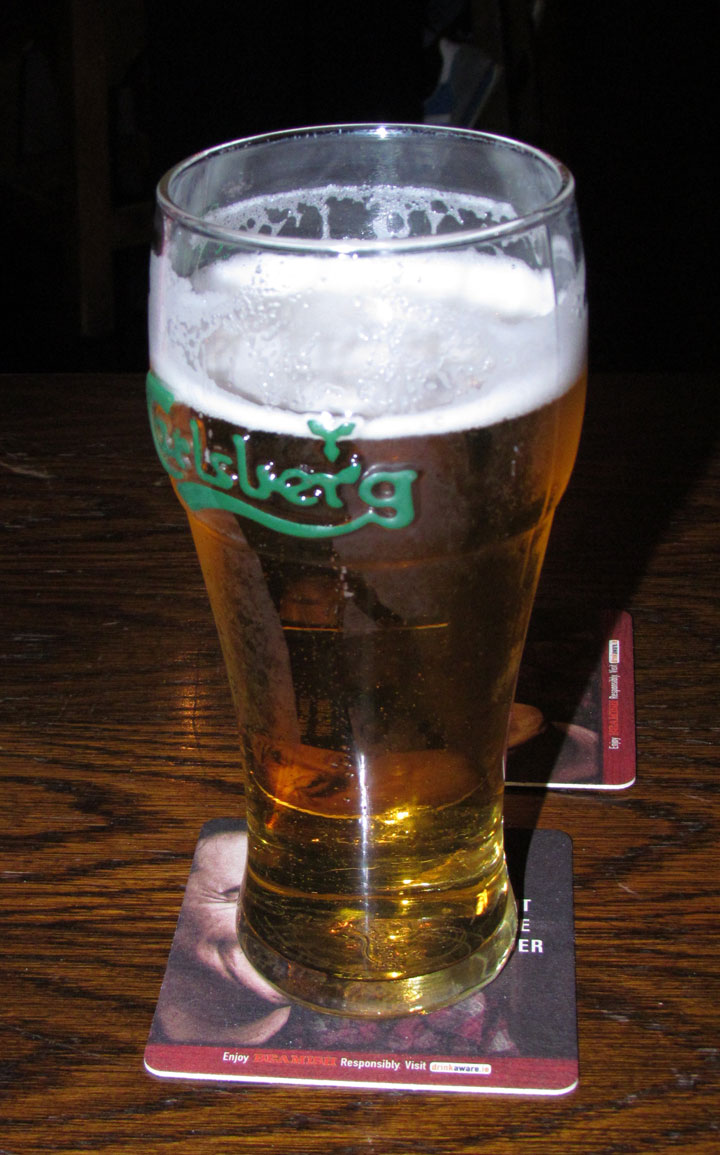
pint of lager
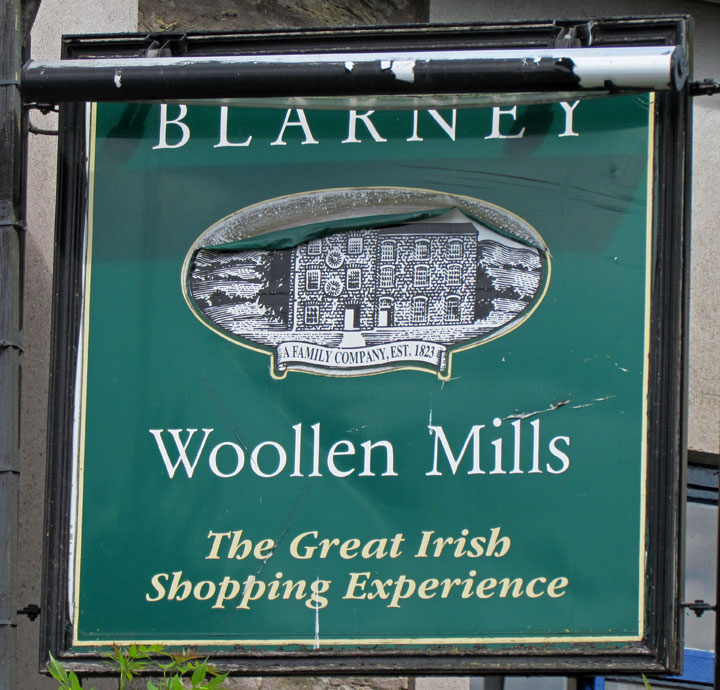
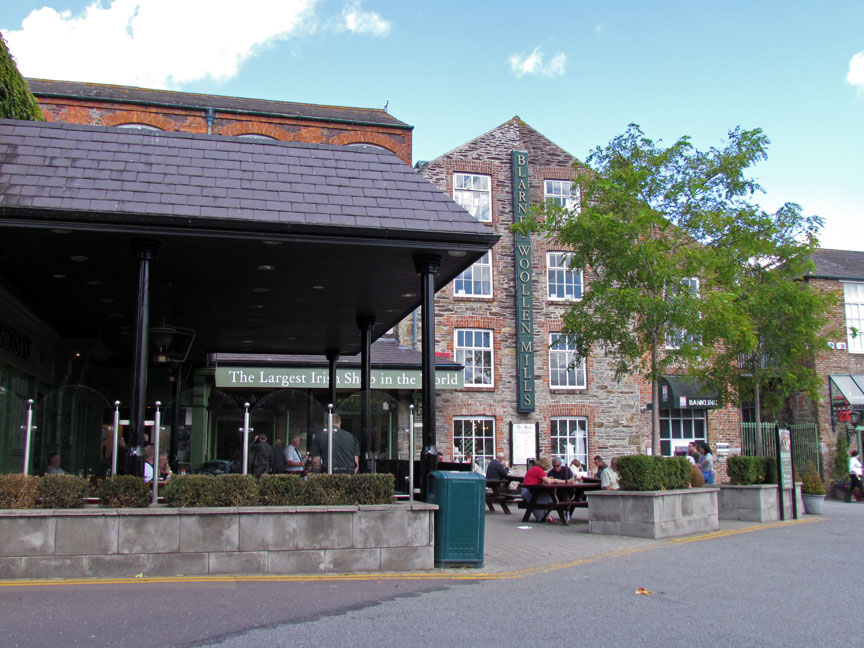
Blarney Woolen Mills
